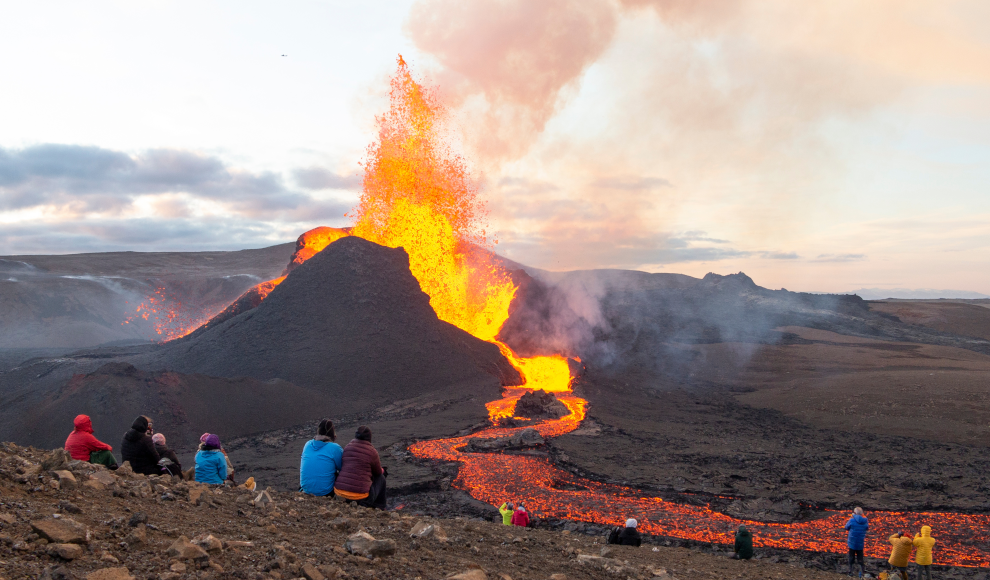A recent study by researchers at the University of Cambridge has found that current climate models have underestimated the cooling effects of volcanic eruptions, particularly smaller ones that have not been taken into account. When a volcano erupts, it releases sulfur gases that condense into tiny particles called aerosols in the upper atmosphere. These aerosols reflect sunlight back into space, leading to a temporary cooling effect on the planet. However, this effect cannot stop global warming in the long term. While massive eruptions like the Hunga Tonga-Hunga Ha’apai (HTHH) can cause global cooling, they occur only a few times in a century, whereas smaller eruptions happen almost every year.
The Sixth Assessment Report (AR6) of the Intergovernmental Panel on Climate Change (IPCC) assumes that volcanic activity from 2015 to 2100 will remain at the same level as from 1850 to 2014. However, the Cambridge study shows that the effects of lower-intensity eruptions have been neglected. The researchers developed different scenarios for future volcanic activity based on ice core and satellite data and conducted climate simulations using the UK Earth System Model. Their simulations suggest that the impact of volcanic eruptions on climate, including global surface temperature, sea level, and sea ice extent, has been underestimated. The reason for this is that current climate projections largely underestimate the possible future extent of volcanic activity.
Although the cooling effect of volcanoes has been underestimated in climate projections, the researchers emphasize that it is not comparable to the carbon emissions caused by human activities. Volcanic aerosols typically remain in the upper atmosphere for one to two years, while carbon dioxide stays much longer. Even if there were a period of exceptionally high volcanic activity, the simulations show that it would not be enough to stop global warming. The researchers believe that fully considering the effects of volcanoes can help strengthen the reliability of climate projections. They are currently using their simulations to investigate whether future volcanic activity could affect the regeneration of the Antarctic ozone hole and maintain a relatively high level of harmful ultraviolet radiation at the Earth’s surface.










